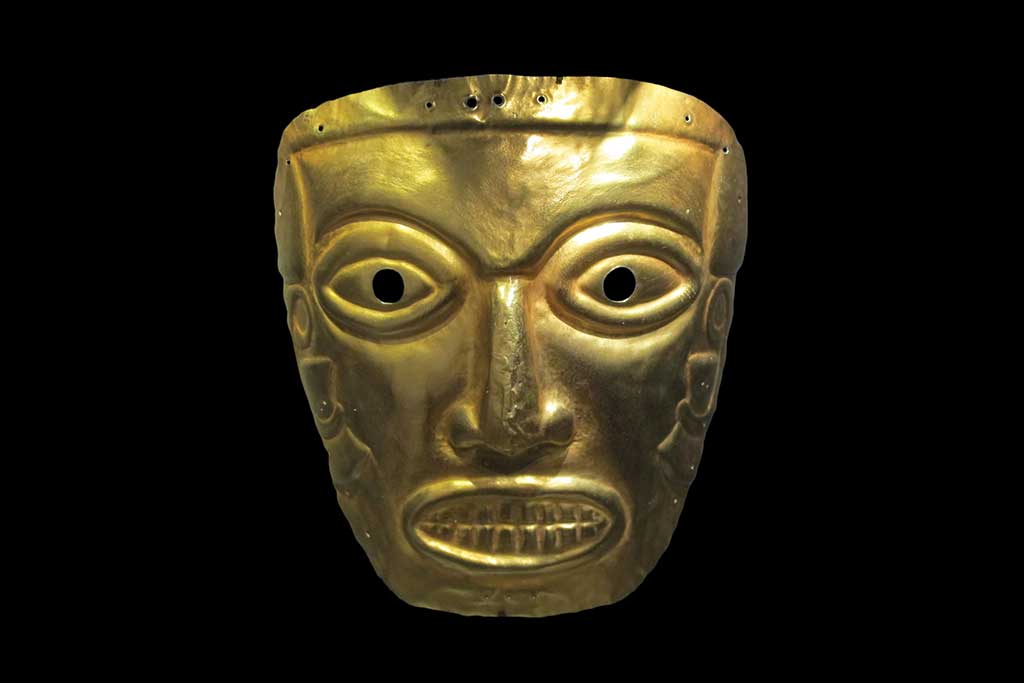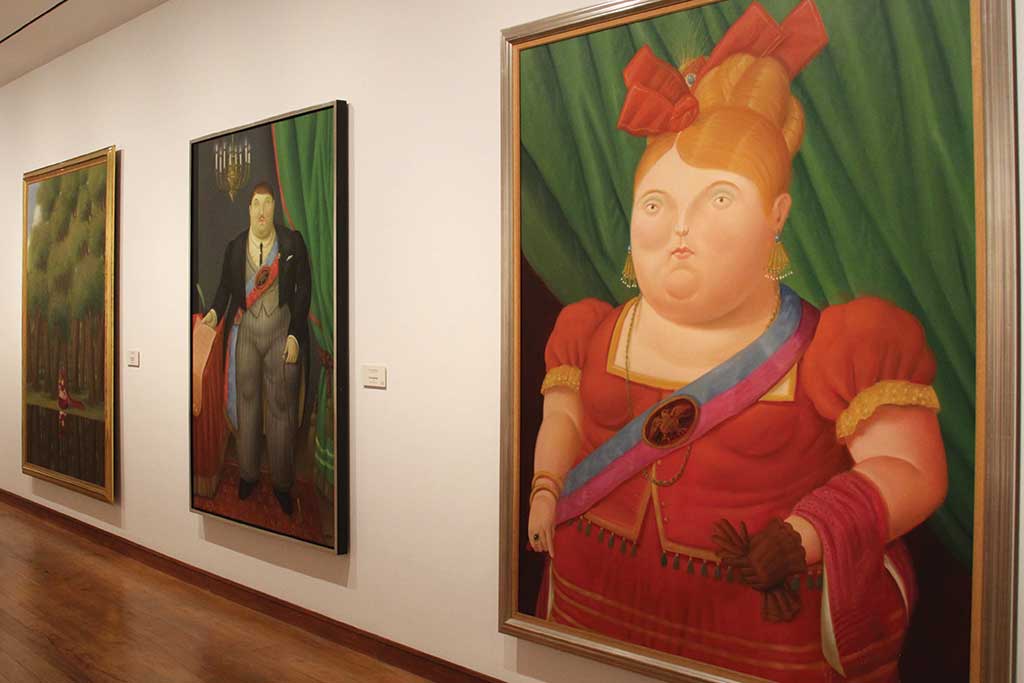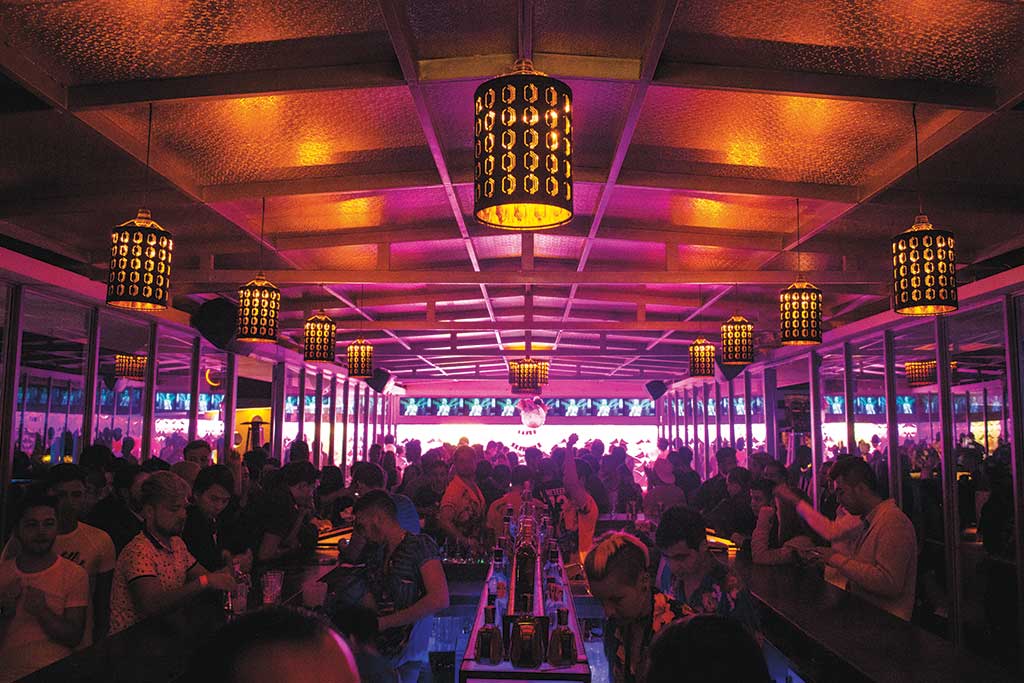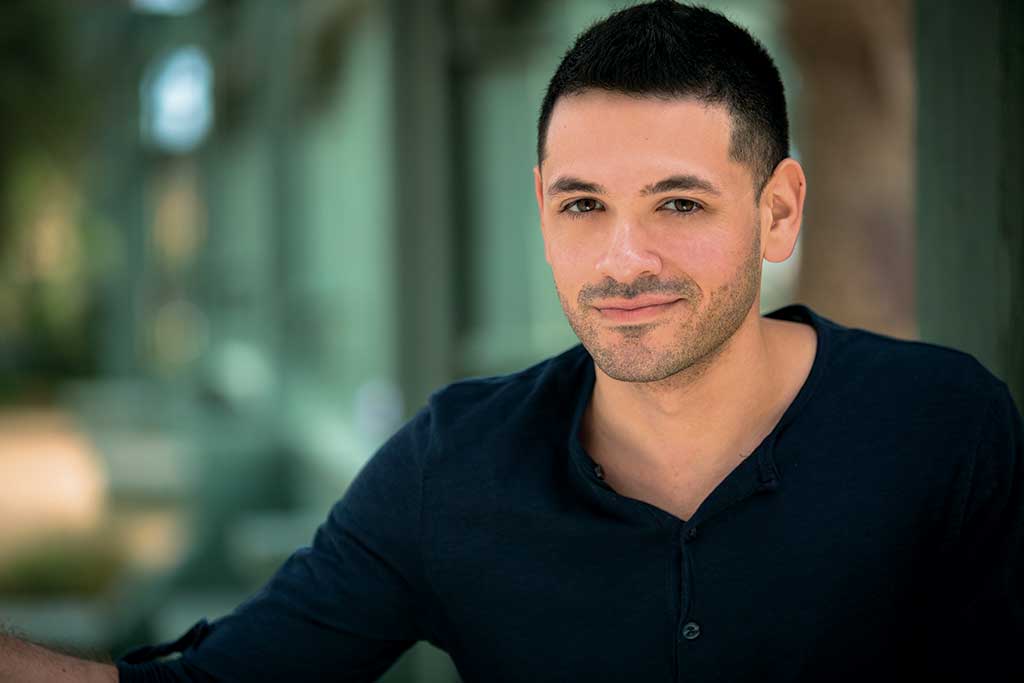Bogota is home to so many gay bars and clubs that you will likely not be able to visit them all, even if you try, but that’s OK. It will give you a reason to visit again.
It was early on a Saturday night at the largest gay nightclub in the Western hemisphere, and dozens of staff members, male models, and dancers were buzzing about, getting ready for the national debut of Pump! men’s underwear. The week before, the same venue hosted a L’Oreal event that declared “hair color is the new makeup.”
No, this isn’t some glitzy gay hotspot in Los Angeles, New York City, or London. It isn’t even Buenos Aires or Rio de Janeiro, both of which enjoy legendary reputations for their LGBT nightlife. This is Theatrón, a 2,000-person nightclub in the heart of Bogota’s gay-popular Chapinero district. With no fewer than 13 differently themed venues under one roof (and more on the way), Theatron is billed as the largest permanent LGBT nightclub in the Western hemisphere, and possibly (depending on who you ask) the world. The existence of this massive club is also just one indicator of how Colombia’s capital city has grown to become an increasingly gay-friendly destination for international travelers.

Museo de Oro
“Theatron reflects what’s happening socially in the nation,” said Edison Ramirez, one of the club’s owners. “When we opened the club in 2002, society was very homophobic. There were problems with police and there were only places for gay men, not lesbians. Within the past 20 years or so, you can see how things have changed with the police, with people, with society. Now, 20 to 30 percent of Theatron’s patrons are heterosexual. They no longer view homosexuality with animosity. That shows how society has evolved. Of course, progress is still needed, but I think things will keep progressing positively.”
Indeed, Colombia overall has made impressive strides in terms of LGBT rights. Same-sex marriage was legalized in 2016, and same-sex adoption, gender changes, and openly gay military service are also legal. Discrimination based on sexual orientation is illegal. In fact, current protections and laws put Colombia on a similar plane as Argentina and Brazil, according to Equaldex, a crowd-sourced database for LGBT rights.
“Bogota’s great transformation has been visible in public policies,” noted local activist Rodrigo Sandoval. “The government has the ability to deal with issues of discrimination.”


Botero Museum
“We as a country have seen great changes in the past ten years,” agreed Pedro Santos, a local activist. “Society has new empathy, in the workplace as well as in social settings. The transformation really became noticeable when people with little access to education started accepting diversity.”
Positive momentum is also clearly visible in Colombia’s increased political and economic stability. Travelers over age 30 are certainly aware that there was a time when many people avoided Colombia, due to the presence of organized political and criminal armed groups. But on November 30, 2016, the Colombian government approved a peace accord with the largest guerrilla group, the Revolutionary Armed Forces of Colombia (FARC). The nation is not out of the dark completely, of course (a bomb killed three people at one of Bogota’s most upscale shopping malls in June 2017), but these types of security concerns are no greater in Bogota than they are now in London and Paris.
Bogota is “surprising,” said Jason Duval, owner and director of Pump!, the popular men’s underwear brand that is based in Montréal and produced in Colombia. “The gay scene here is much bigger than you’d imagine. In Latin America, we automatically assume that it wouldn’t be that open, but it is very open. I enjoy it a lot here as a traveler. Bogota is amazing. There are great restaurants; that’s a big plus. And I’ve been to 36 countries, and lived in Paris and Mexico City, and I’ve never seen a club as big as Theatrón.”
The fact that Bogota isn’t as big a tourist destination as some other South American cities is actually a plus too, according to Sandoval. “When you go to Lima, Buenos Aires, Rio de Janeiro, they’re so touristy. You go to places created for tourists. In Bogota that’s not the case, because they’re aren’t many tourists. If a place isn’t good, it closes.”
Set scenically on a plateau in the eastern section of the Andes, Bogota sits at 8,660 feet above sea level and is the third-highest capital in South America after Quito, Ecuador and Sucre, Bolivia. The average temperature is a spring-like 58 degrees Fahrenheit, varying from 43 to 66 degrees on clear days and 50 to 64 on rainy days. The driest months are December, January, July, and August.


Theatrón
Various indigenous groups, lived in this region before the arrival of the Spanish. Gonzalo Jimenez de Quesada founded the original Spanish settlement in 1538, and Bogota became the capital of the Spanish provinces and the seat of the Viceroyalty of New Granada. Following independence from Spain, the city became the capital of a short-lived nation called Gran Colombia (which included present day Venezuela, Ecuador, and Panama) and subsequently the capital of the Republic of Colombia.
The Spanish built impressive structures that continue to grace the city’s historic downtown. High-rise brick buildings and surprisingly English-influenced architecture dot other parts of the city, and its more than eight million residents enjoy the highest standard of living in Colombia. A logical place to begin any first-time visit to Bogota is in La Candelaria, the historic city center. The neighborhood is lined with beautifully preserved colonial architecture including the National Capitol, the Cathedral, Palace of Justice, and City Hall. Among the top attractions here is the Museo de Oro (Gold Museum), which is home to more than 34,000 pieces of gold, including stunning pre-Colombian artifacts collected from indigenous cultures including the Muisca, Nariño, Calima, and Sinú (and not always with their permission). Inside the museum is the San Alberto Café, which is a small-butrewarding place to learn about Colombia’s legendary coffee. You can sign up for a bautizo cafetero (coffee baptism), a coffee-tasting session that’s includes a detailed booklet, guided presentations of various brews, and an apron that you can take home.
Nearby, the Museo Botero (Botero Museum) exhibits work by Colombia’s most famous artist, Fernando Botero, who’s known for his rather rotund depictions of people in both paintings and sculptures. Also on display are parts of Botero’s personal collection of European and North American artists, including Monet, Matisse, Picasso, Dalí, Chagall, Bacon, and de Kooning.


